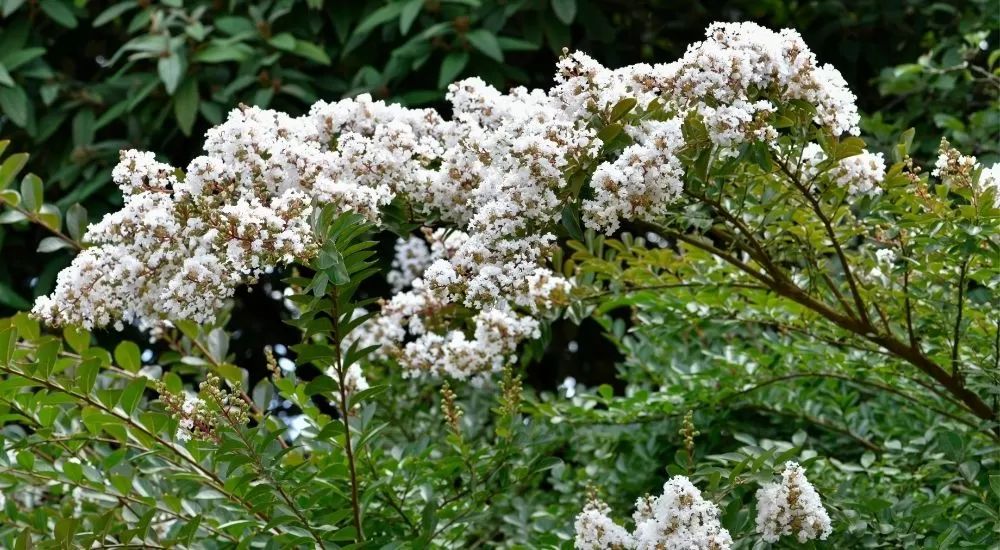
Small Trees with Non-invasive Roots
Everyone wants to avoid planting trees with invasive root systems. That is why we decided to create this guide and share with you which are the common small trees with non-invasive roots. We know that there are many options, but we will focus on the top four options.
When planting trees, there are many things to be aware of, and the essential part of the tree is the one you do not see. Small root trees, also called non-invasive, are the best candidates for small yards. Therefore, you need to learn which are the benefits they offer so that you can make the right decision.
Spring is coming, and gardeners must be prepared to take care of their trees. Many people decide to take advantage of this season to plant new trees on their landscapes, but you must consider these non-aggressive trees before making decisions.
As a first tip, we recommend selecting ornamental trees as they grow slowly, and you will not have problems with the roots.
Let’s not waste more time; get comfortable and enjoy this post. Vasquez Tree Services is here to guide you.
These Are the Most Common Small Trees with Non-invasive Roots
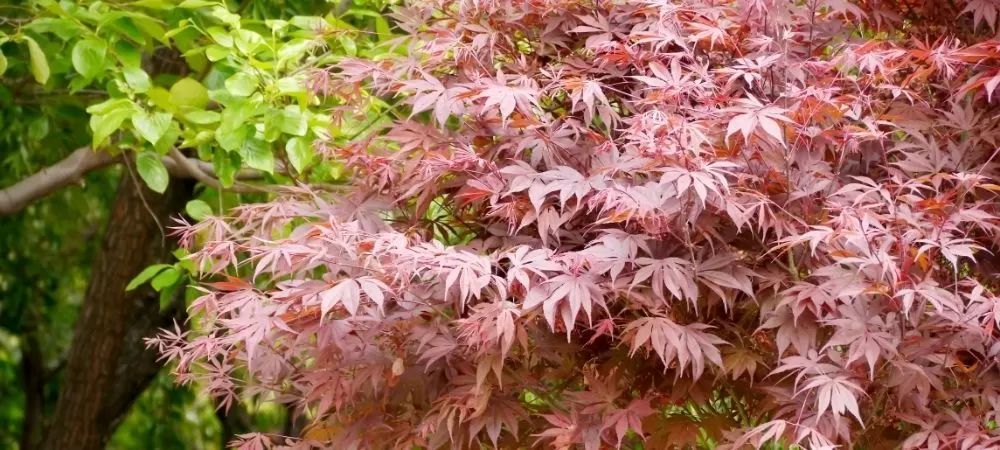
The tree growth depends on the quality of the soil, pruning, watering, and more. But it is important to mention that there are fast-growing and slow-growing trees. In this blog, we will focus on trees that have slow root growth. If you are interested in fruit trees with shallow roots, then pay attention to our list.
Here are the small trees with non-invasive roots that you should consider for your yard:
- Japanese maple offers a brilliant fall display.
- Crape myrtle is a popular choice for homeowners.
- Kousa dogwood is known for its non-invasive roots.
- Adams crabapple has a shallow root system.
We understand that tree roots can be problematic for homeowners; therefore, we want you to follow our guide. The problem is that roots can grow without control, and they can damage everything in their way. If you do not want to face this problem, then consider planting one of these four options.
Japanese Maple Offers a Brilliant Fall Display
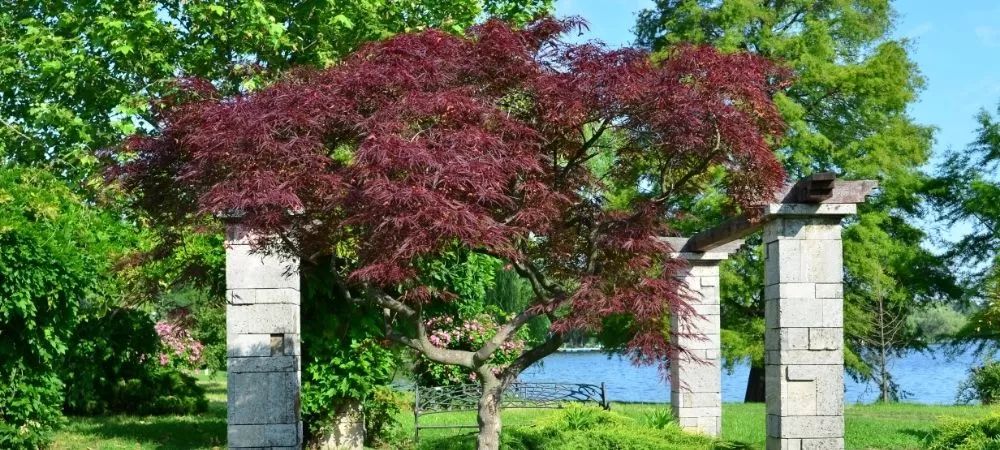
The first option that we want to mention is the Japanese maple. We recommend this deciduous tree as it provides a graceful and elegant appearance to gardens. This tree is known for its fall color and its shallow root system.
These attractive trees are an asset to any home landscape. Japanese maple trees are easy to care for, so you will not have to worry about regular maintenance. When watering a flower tree, you must apply the water slowly to the root zone.
We recommend you plant them in a location with full sun or partial shade as an extra tip. Another benefit of these trees is that they grow well in any soil type as long as it’s well-drained.
Crape Myrtle Is a Popular Choice for Homeowners
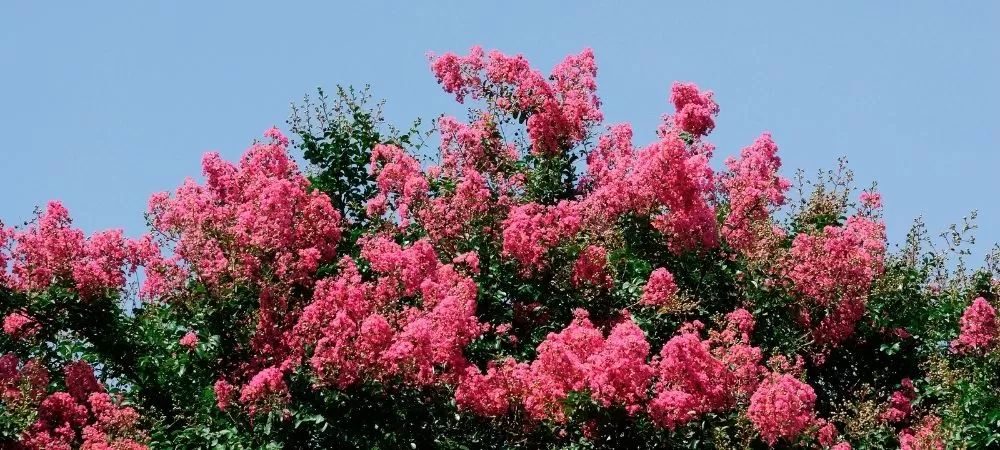
Crape Myrtle can be expected to grow in hardiness zones 6-10. The roots of these evergreen trees can resist winter and low temperatures. Crape myrtle indeed has non-invasive roots, but they can be grown as multi-trunk trees. That is why you need to be careful when planting them.
You should plant these trees in small yards as their white flowers will make them look bigger. The beauty of crape myrtle defines it as an ornamental tree. But, due to their dense foliage, we can also say that they are shade trees. Therefore, when planning your landscape distribution, ensure that there is enough space for them.
Kousa Dogwood Is Known for Its Non-invasive Root
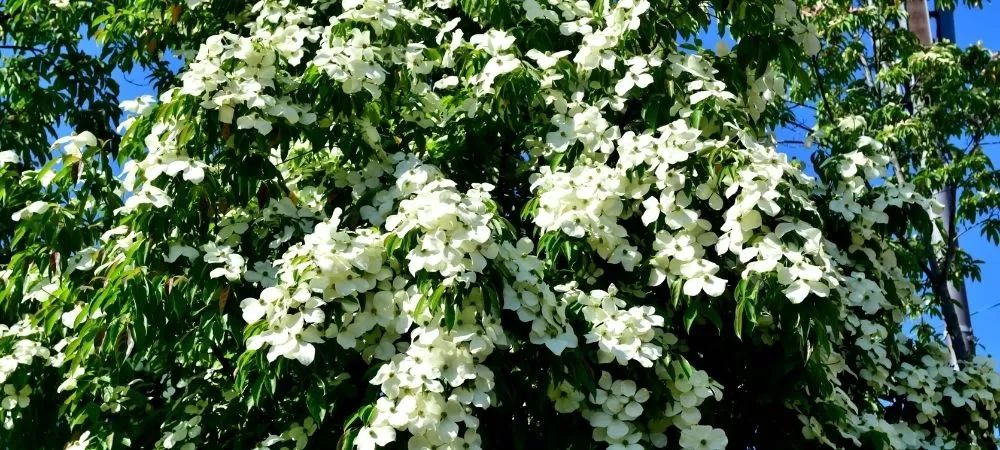
These trees are widely known due to their beauty and small root system. Kousa dogwood is one of the best choices for home landscapes and urban areas. Many homeowners decide to plant these ornamental trees as they improve the appearance of their gardens.
We need to mention that these trees grow at a slow to medium rate. They also bloom between May and June. As they have shallow roots, they are the right choice for planting near buildings, walls, or utility lines. Take into account that kousa dogwoods grow in a rounded shape, so they are perfect for front yards.
If you want to avoid the roots damaging the fence or the walls, plant them at a safe distance, so they will have enough space to grow.
Adams Crabapple Has a Shallow Root System
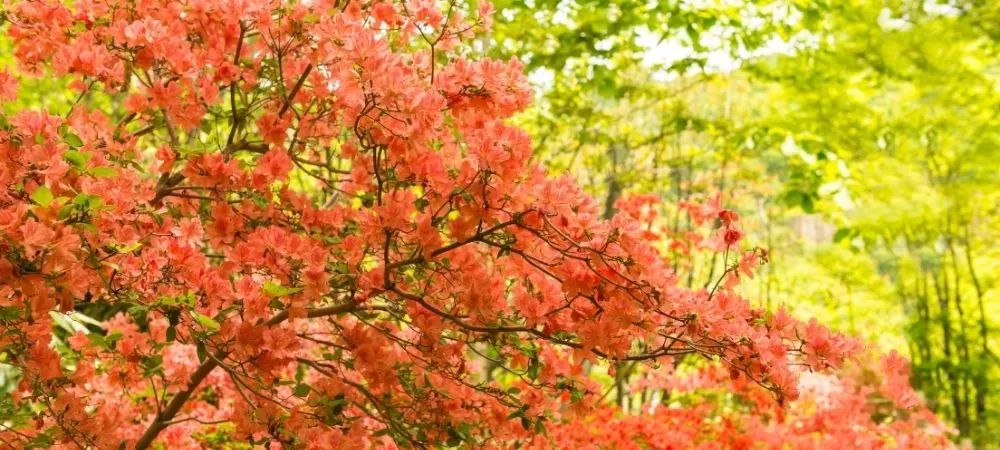
Adams crabapple is the top choice if you are looking for a tree with a rounder, thicker, and fuller appearance. This colorful tree likes moist soil, so make sure your soil is properly drained. Gardeners choose these trees because they are resistant to fungi and other tree diseases.
When you are choosing new trees for your backyard, think about their root growth. The Adams crabapple roots enjoy a non-aggressive form; therefore, they are an excellent option for landscapes. Do not waste more time, compare all these options and make the right decision!
These Are Some of the Trees You Need to Avoid
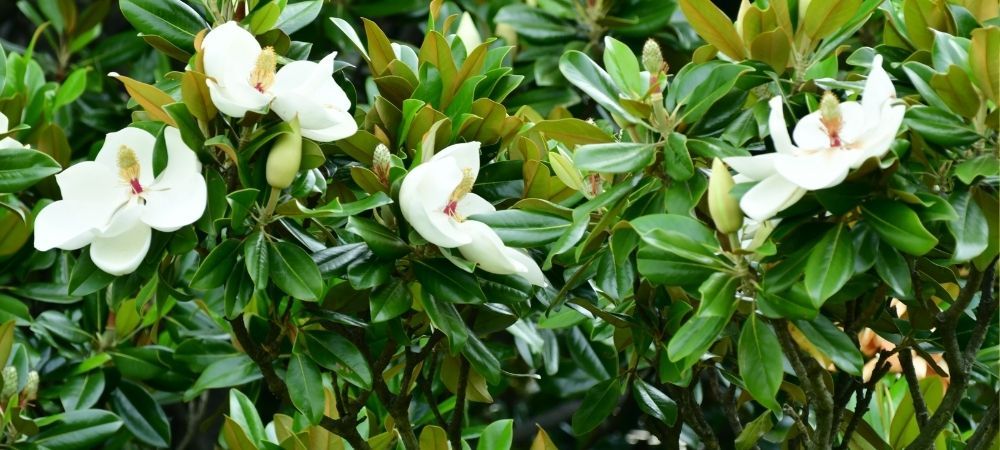
Some trees have invasive roots, and you should avoid them before they damage your garden. Over the years, the tree roots grow closer to the surface, and they can crack sidewalks and damage the landscape surface.
Now that you know which are the best trees for your yard, it is time to list the trees you need to avoid:
- Silver maple
- American elm
- Willows
- Hybrid poplars
- Southern magnolia
- Bradford pear
Invasive tree roots often spread faster; therefore, they can cause you trouble quickly. The easiest way to avoid these problems is by not planting these trees.
Now that you completed our blog, you know the most common small trees with non-invasive roots. If you want to protect your garden, consider planting Japanese maple, crape myrtle, kousa dogwood, and Adams crabapple. Each option offers many benefits; select the one that best suits your needs.
If you do not have time to give maintenance to your trees, then give us a call. Vasquez Tree Services is here to help you plant the right trees on your landscape.



